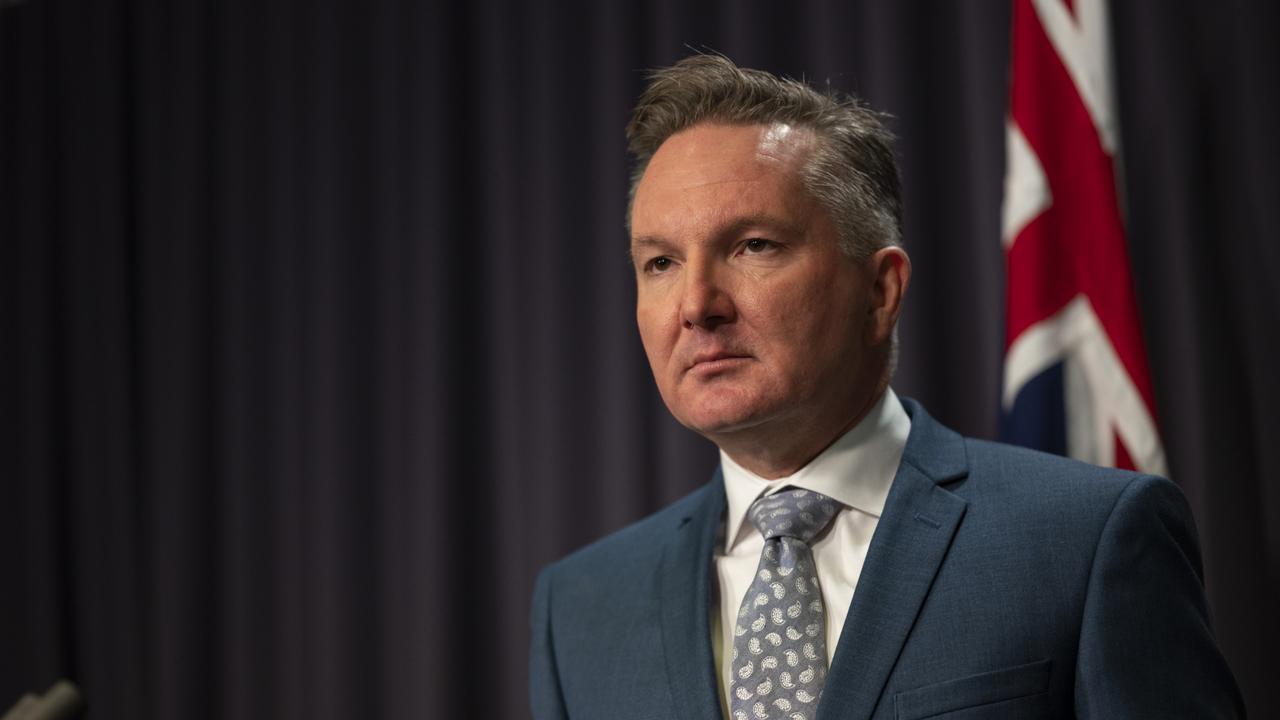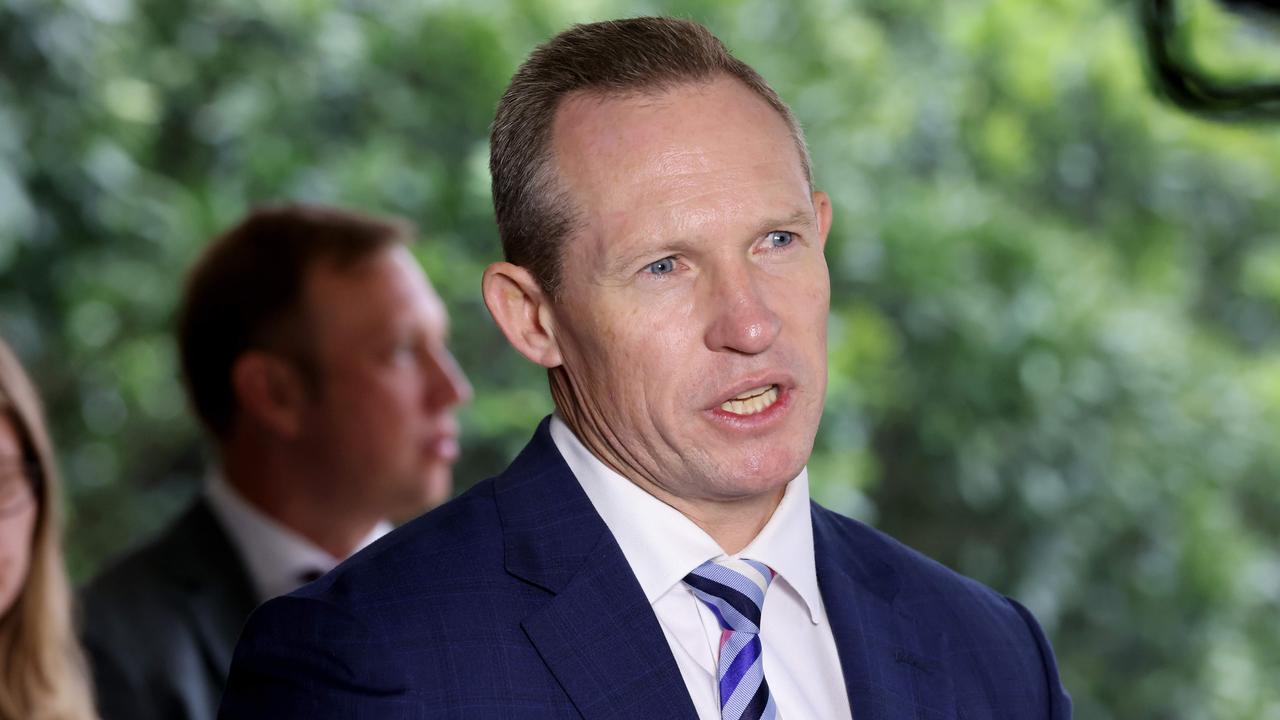Cut unnecessary power for ‘bumpy winter ahead’, Queenslanders warned
Queenslanders are being asked to cut unnecessary power use as they are warned of a “bumpy winter ahead” amid the ongoing energy crisis, with the Australian Energy Market Operator continuing to forecast power supply shortages.
QLD News
Don't miss out on the headlines from QLD News. Followed categories will be added to My News.
Queenslanders are being asked to cut unnecessary power use as they are warned of a “bumpy winter ahead” amid the ongoing energy crisis – but it is still fine to keep the heater on for now.
Residents have been assured there will be no blackouts in the near future, unless there are unexpectedly coal generator outages, but up to a third of coal-powered generator units in Queensland are currently offline putting pressure on the system.
The assurances are despite the Australian Energy Market Operator continuing to forecast power supply shortages overnight and into today, as electricity generators reduce supply despite having capacity to do more.

Premier Annastacia Palaszczuk has promised to raise the ongoing issue with Prime Minister Anthony Albanese at national cabinet on Friday.
Authorities say there is no need for residents to reduce power used for safety or comfort – like heating and airconditioning – but asked that unnecessary usage like appliances left on stand by should be cut to take pressure off the grid and their power bills.
Regulators have written to power generators warning them that they will face penalties if they game the system.
It is the third day in a row AEMO has been forced to cap wholesale prices, triggered after the surging costs hit a threshold, which has seen some generators reduce the amount of power supply they are putting into the system.
AEMO has the power to direct generators to put more electricity into the grid, and has now used it several times in recent days as it seeks to avert blackouts.
Prime Minister Albanese said blackouts would not have to be part of the short-term future for Queenslanders, as AEMO had successfully intervened in the market to prevent supply shortfalls.
“That is the system that is in place, but the problem we’re dealing with here is you have often coal-fired power stations that are reaching the end of their life,” Mr Albanese said.
Energy Minister Chris Bowen said Australians should “expect a bumpy winter ahead”, but that he was confident blackouts could be avoided as long as there were no unexpected outages at coal-fired power stations.
“There is enough supply to avoid those … in the foreseeable future subject to unexpected closures,” he said.

Mr Bowen also said while people should turn off any unnecessary devices, like pool heaters, or external lighting, there was no need to switch off items they were using.
“Nobody should turn off any power usage that they need, that they are using for their comfort or their safety,” he said.
State Energy Minister Mick de Brenni said he was confident that there would be no widespread outages, despite nine out of 107 electricity generator units being offline in Queensland.
“I have every confidence that our generators have access to enough coal reserves and enough gas reserves to make sure that the lights stay on tonight,” Mr de Brenni said.
Units offline include Callide C4 from the explosion last year, Callide B2 offline for maintenance, Callide C3 as well as Swanbank E gas plant and a hydro station in north Queensland
CS Energy chief executive Andrew Bills said C3, which has the capacity to produce 420MW of energy, was due to come online later this week.
Australian Energy Regulator chair Clare Savage wrote to the generators warning them that their actions were being watched closely and that there were penalties breaches of their obligations.
Electrical Trades Union State secretary Peter Ong said accused “private-owned electricity generators actively withheld supply” and said supply shortfall was indicative of the “complete failure” of the regulatory framework.

Wholesale prices had been an average of $674/MWh for seven days, triggering the price cap of $300/MWh about 7pm on Monday.
That is compared to more normal prices of $50-100/MWh.
There are a range of factors driving the high prices, including the early cold snap driving up usage, global gas prices having been driven to extremes due to the war in Europe, some coal power has come offline due to a range of factors, anomalous weather including flooding, as well as some coal mines which supply the power stations flooding.
The price cap will be reviewed again at 4am on Wednesday morning, but there are expected to be challenging days ahead for the electricity system.



